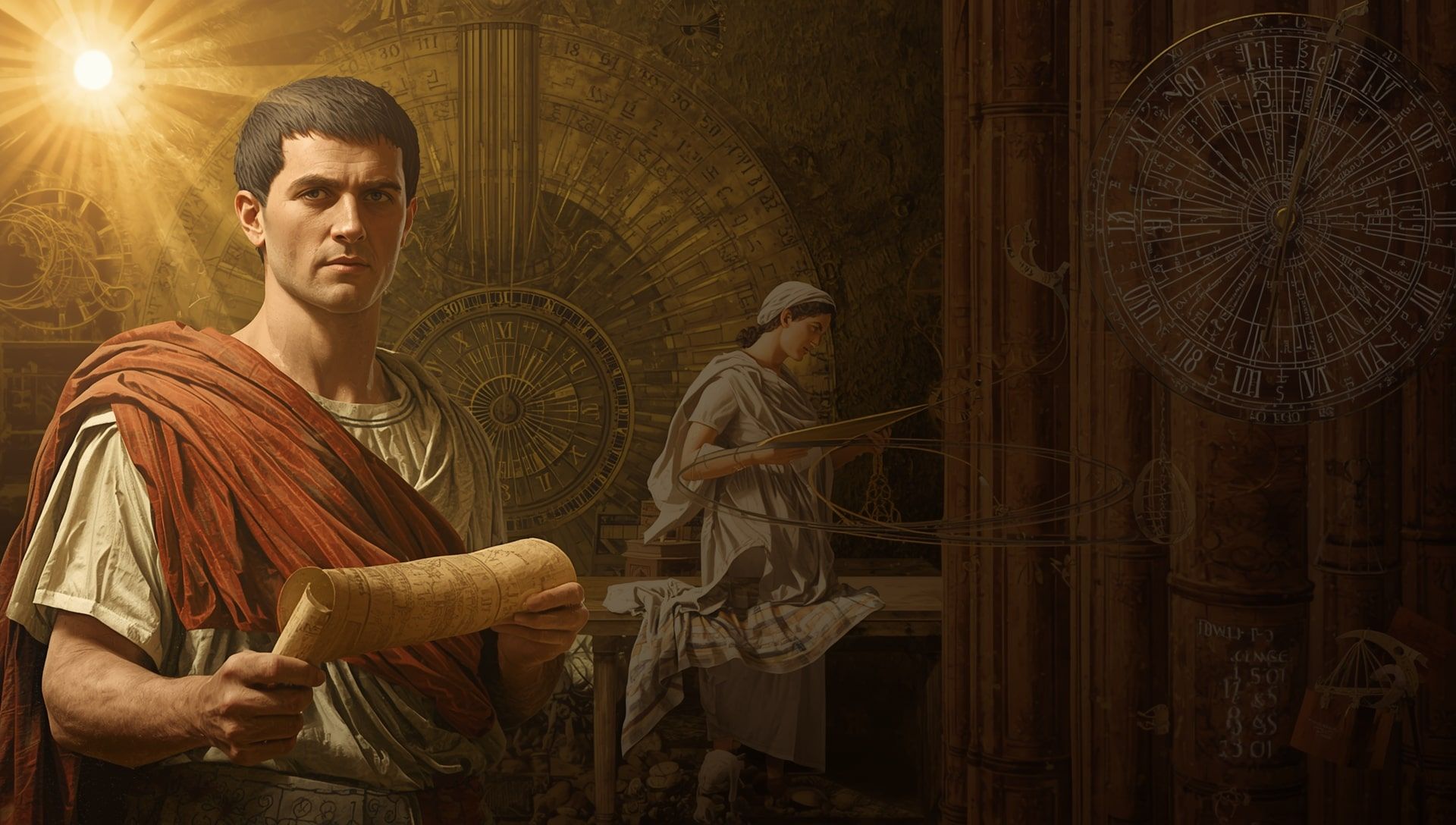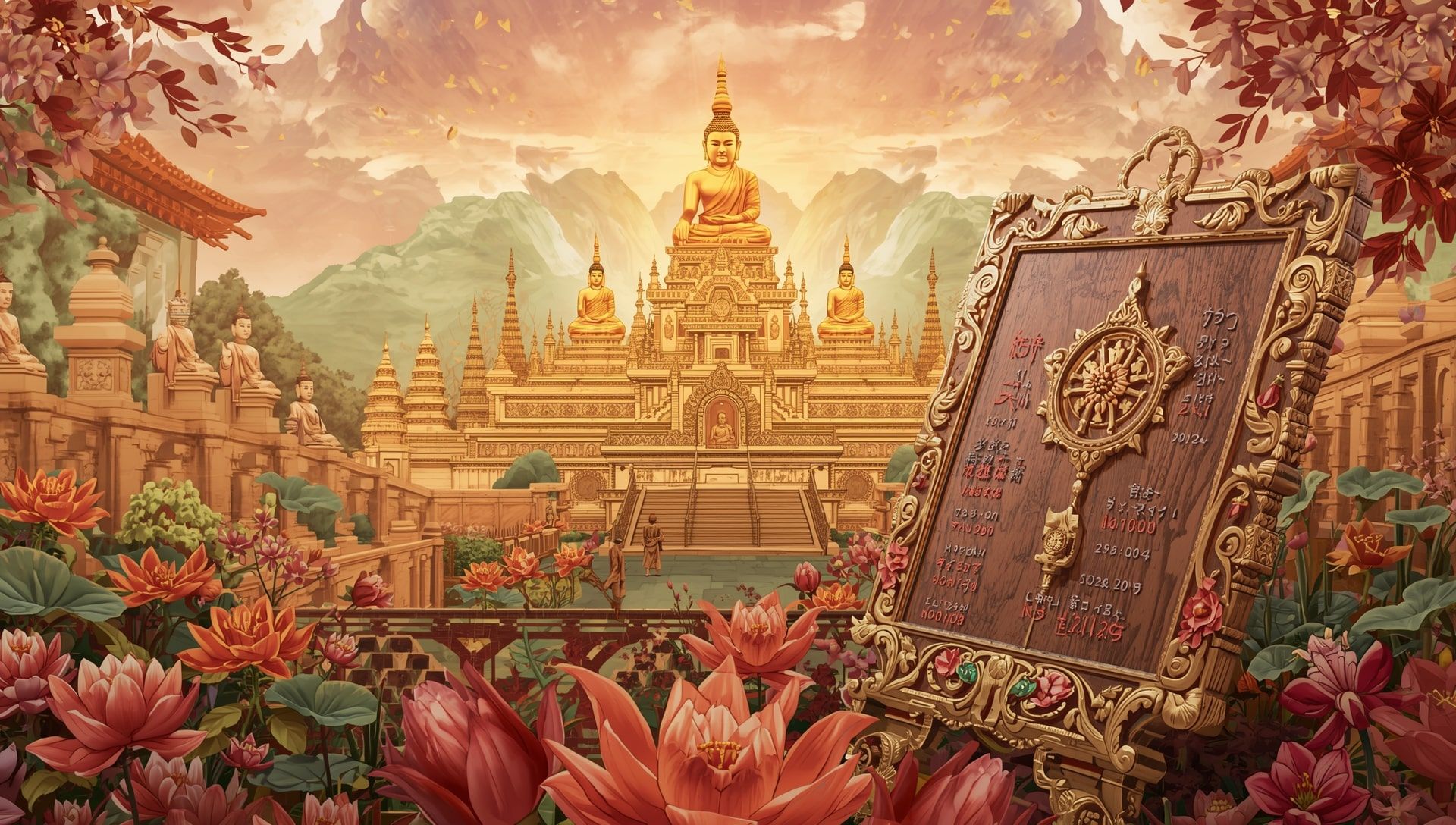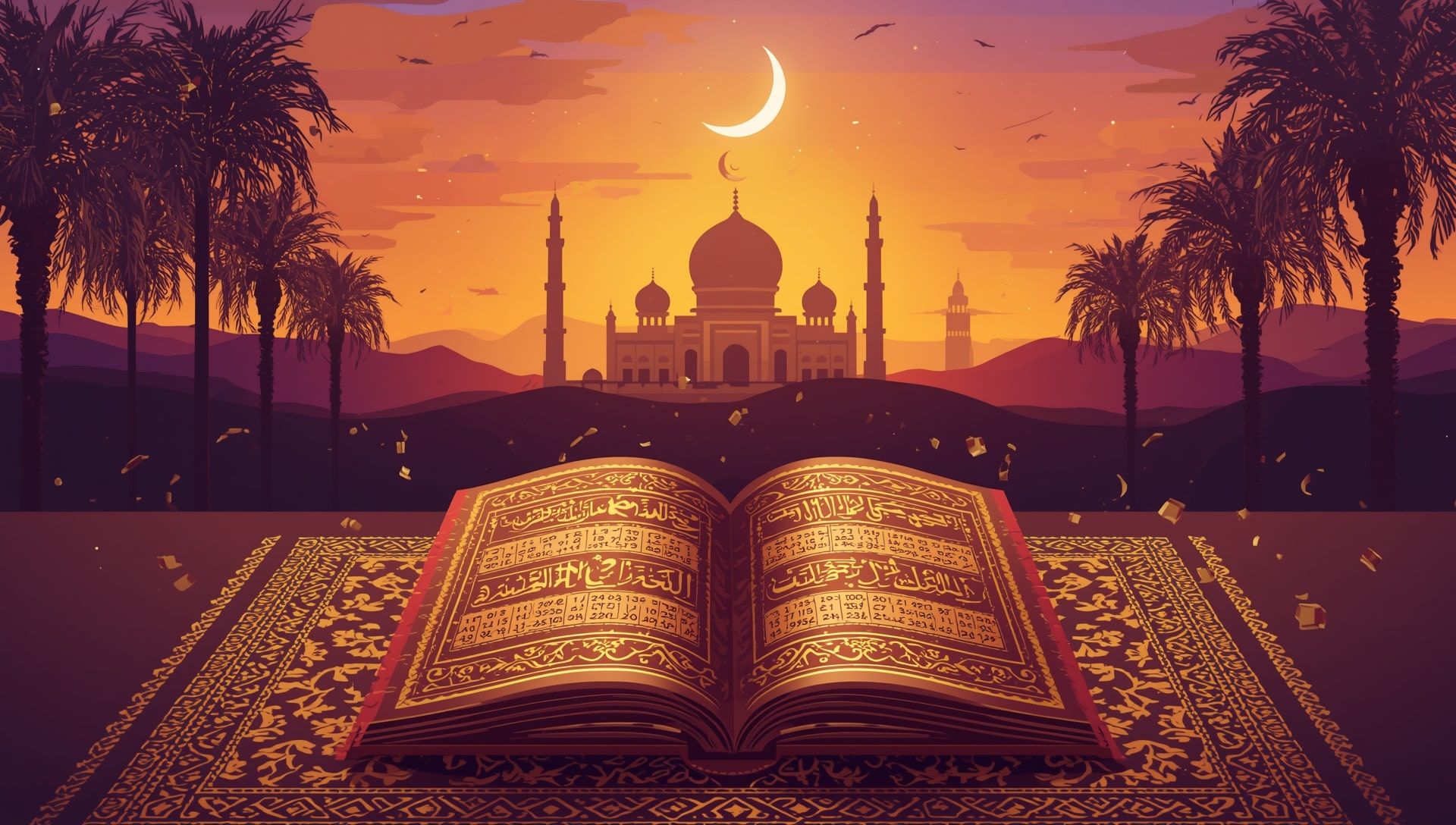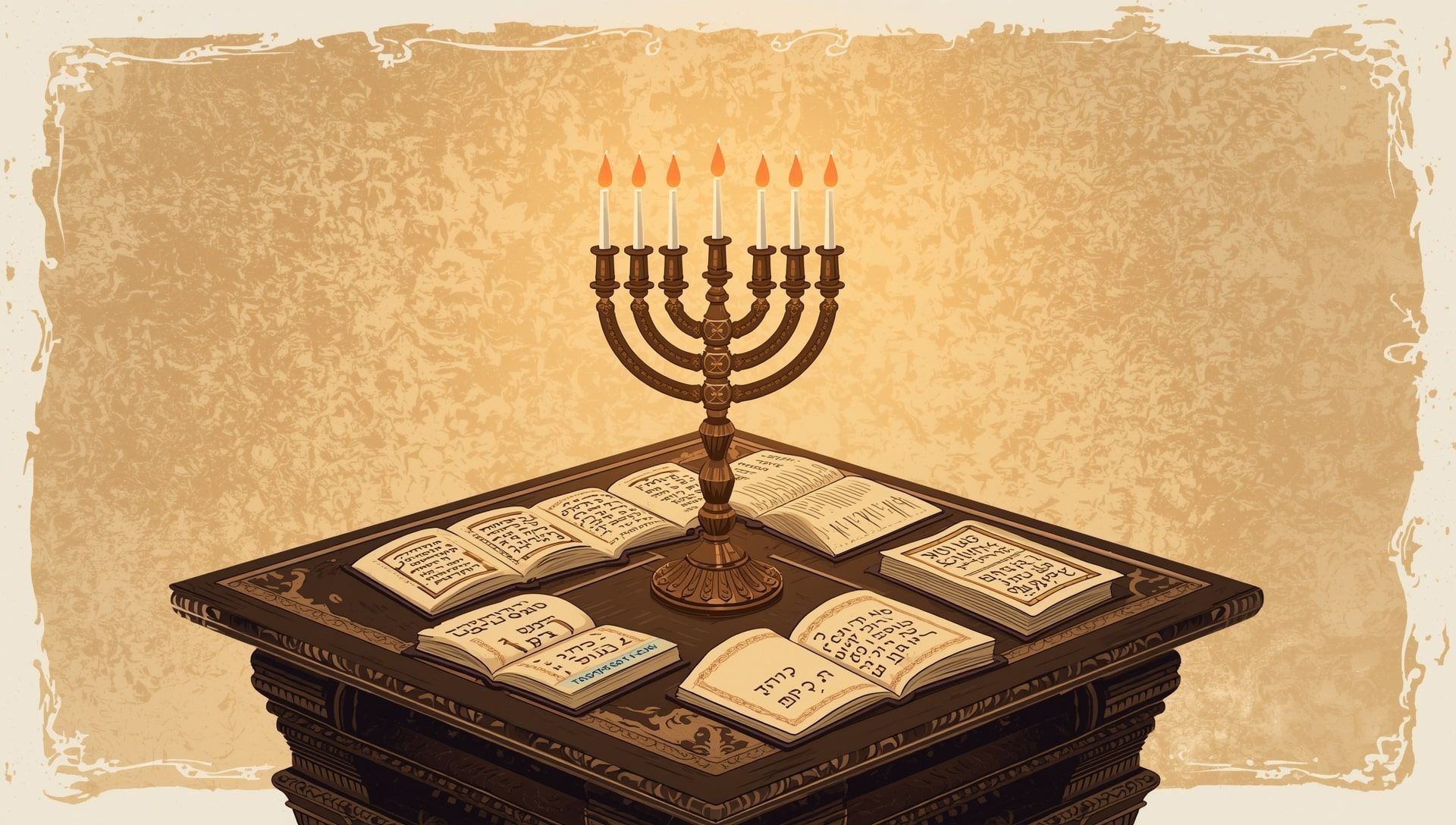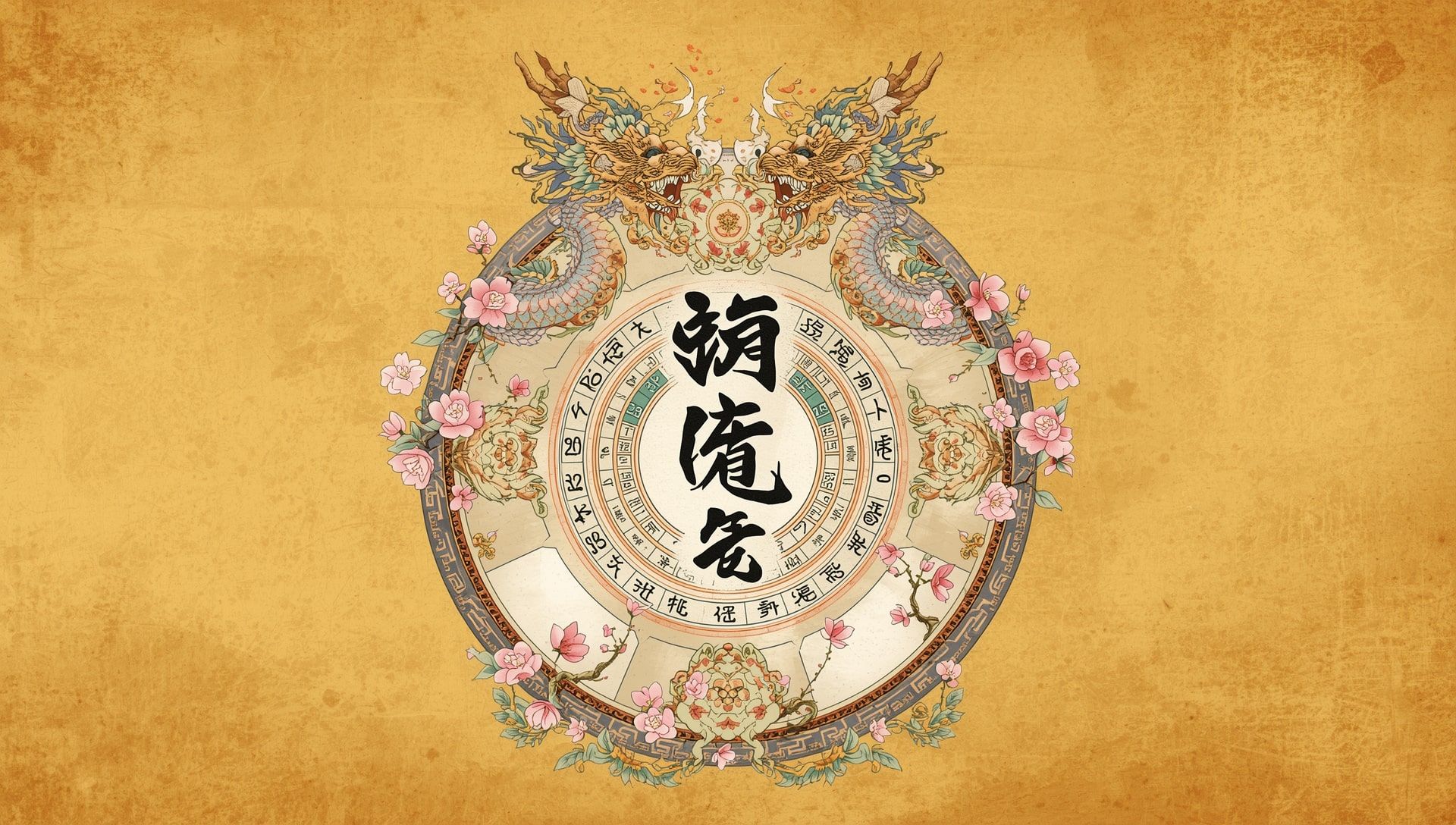The ancient Maya had one of the most sophisticated understandings of time in human history. Their calendar was not only a way to track days but also a cosmic system that connected the cycles of the earth, the sun, and the spirit world. It was their heartbeat of life, guiding rituals, agriculture, and prophecy. What makes the Mayan calendar remarkable is how it still fascinates modern people thousands of years later, bridging science, astronomy, and mystery, much like how enthusiasts now use a Mayan calendar date converter to explore its ancient logic.
Understanding the Structure of the Mayan Calendar
The Mayan calendar wasn’t just one calendar. It was a system of several interlocking cycles that worked together. The most prominent ones were the Tzolk’in (the sacred calendar) and the Haab’ (the solar calendar). Together, they formed what is called the Calendar Round, a cycle that repeated every 52 Haab’ years, or roughly every 18,980 days, similar to how the Gregorian calendar later structured time.
The Tzolk’in consisted of 260 days, divided into 20 periods of 13 days. Each day had a combination of a number and a day name, which together formed unique spiritual meanings. The Haab’, on the other hand, was a solar cycle of 365 days divided into 18 months of 20 days each, plus a short month of 5 “unlucky” days known as Wayeb’.
The Mathematical Precision Behind the Calendar
The Mayan calendar displayed a level of astronomical knowledge that rivals even modern standards. Their priests and astronomers tracked planetary movements and solar cycles with stunning precision. The Maya calculated the solar year at about 365.242 days, only a few decimal points off from what scientists know today.
- They used base-20 (vigesimal) mathematics.
- Their calendar could project thousands of years into the past and future.
- They recorded Venus’s movements accurately over long periods, not unlike modern world clock observations.
- Dates were often carved into monuments to record historical events.
These calculations weren’t just scientific, they carried spiritual meaning. For the Maya, numbers and time were sacred, representing the harmony of cosmic cycles.
The Role of the Long Count
While the Tzolk’in and Haab’ measured short cycles, the Long Count was designed to record much longer periods of time. It worked like a linear timeline used for historical dating. The Long Count began on August 11, 3114 BCE (in the calendar we use today) and was used to track grand cosmic eras lasting thousands of years.
- The Long Count used five units: Baktun, Katun, Tun, Uinal, and Kin.
- One Baktun equals about 394 solar years.
- The infamous 2012 “end of the world” myth was based on the end of the 13th Baktun.
The completion of a Baktun was never a sign of destruction. It was a renewal point, a cosmic reset. The Maya celebrated these transitions as opportunities for spiritual reflection and harmony with the universe.
Symbols, Gods, and Cosmic Energy
Every component of the Mayan calendar had spiritual significance. Each day was ruled by a deity or a cosmic force, shaping how people acted and the rituals they performed. Time wasn’t just a sequence of numbers, it was alive, infused with divine energy, much like the cycles acknowledged in the Buddhist calendar.
- The number 13 represented the heavens and creation.
- The number 20 symbolized completeness, linked to human fingers and toes.
- The sun, moon, and Venus were major guides for scheduling rituals.
- Priests interpreted each date’s energy to advise rulers and farmers.
The Agricultural Connection
The calendar was deeply tied to farming. The Maya relied on it to determine planting and harvesting times. The Haab’ aligned with seasonal changes, guiding farmers through cycles of rain, growth, and rest. They believed that ignoring the sacred timing could disrupt both the land and spiritual balance.
Each year’s start marked renewal of both soil and spirit. The five days of Wayeb’ were avoided for major tasks, as they were believed to be a time when the boundaries between the human and spirit worlds blurred. Farmers would stay home, meditate, and prepare offerings to bring good fortune for the year ahead, a tradition still echoed in many seasonal holidays.
A Table of Mayan Calendar Components
| Cycle Name | Length (Days) | Meaning | Associated Symbol |
|---|---|---|---|
| Tzolk’in | 260 | Sacred cycle of spiritual energy | 🌞 Sun glyph |
| Haab’ | 365 | Solar year used for agriculture | 🌾 Corn stalk |
| Wayeb’ | 5 | Unlucky transitional days | ⚠️ Caution symbol |
| Long Count | Infinite | Historical and cosmic cycle | 🌌 Milky Way swirl |
How Modern Society Misunderstood 2012
The year 2012 became famous for all the wrong reasons. Many interpreted the Mayan calendar’s 13th Baktun ending as a prophecy of the apocalypse. However, Maya scholars and descendants have long clarified that the date marked renewal, not destruction. This misunderstanding often parallels misconceptions around time reckoning in the Julian calendar.
In their worldview, time doesn’t end; it transitions. The close of one era and the beginning of another were moments for ceremony and gratitude. For them, it was like turning a cosmic page, not burning the book.
Lessons from the Mayan View of Time
Modern society tends to view time as something linear and fleeting. We rush from one deadline to the next. The Mayan calendar offers another way of thinking. It suggests that life flows in repeating cycles, giving us chances to renew, reflect, and grow. This perspective connects to how different calendar systems structure human experience.
- Each cycle brings repetition but also new wisdom.
- Time can heal, not just measure decay.
- Our connection to nature shapes our understanding of time.
- Spiritual reflection brings rhythm to everyday life.
By seeing time as sacred, not mechanical, we may rediscover balance and awareness in our routines.
What the Mayan Calendar Teaches Us Today
The Mayan calendar is a symbol of how humanity can live in tune with cosmic order. It teaches us that mathematics and mysticism can coexist, that science and spirit can walk hand in hand. Its precision and symbolism remind us that every sunrise is part of a larger rhythm, one that connects us to the earth and stars.
Even now, the legacy of the Mayan calendar continues to influence art, astronomy, and modern spirituality. It’s a reminder that time isn’t an enemy to beat, but a cycle to honor, much like the patterns observed in various military time zones today.
| Symbol | Meaning | Modern Interpretation |
|---|---|---|
| 🌀 | Cycle of creation | Renewal and fresh starts |
| 🌿 | Nature’s growth | Harmony with environment |
| 🔥 | Transformation | Personal change and learning |
| 💧 | Purification | Emotional clarity |
| ⭐ | Divine guidance | Seeking balance and direction |

